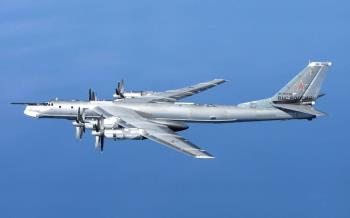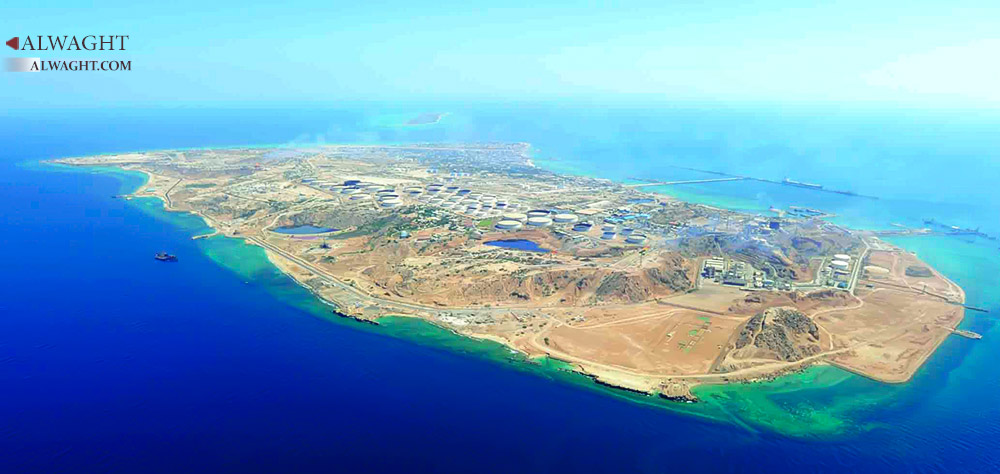Administered by the adjacent coastal Bushehr Province, Kharg Island provides a sea port for the export of oil and extends Iranian territorial sea claims into the Persian Gulf oil fields. Located on Kharg Island is Kharg, the only city in the Kharg District.
History
Mentioned in the Hudud al-Alam as a good source for pearls around 982 AD, Kharg was visited by Jean de Thévenot in 1665, who recorded trade at the time with Isfahan and Basra. In 1753 the Dutch Empire established both a trading post and a fort on the island after securing perpetual ownership of the island from Mir Nasáir, the Arab ruler of Bandar Rig, in return for a present of 2000 rupees. In 1766 the Dutch fort was captured by Mir Mahanna, the governor of Bandar Rig.
The island was briefly occupied in 1838 by the British to block the Siege of Herat (1838) but was soon returned. Amoco built and operated the oil terminal on the island. Its property was expropriated after the revolution.
Once the world's largest offshore crude oil terminal and the principal sea terminal for Iranian oil, the Kharg Island facilities were put out of commission in the fall of 1986. Heavy bombing of the Kharg Island facilities from 1980 through 1988 by the Iraqi Air Force during the Iran–Iraq War all but destroyed most of the terminal facilities. Kharg Island was situated in the middle of the Darius Oilfield, also destroyed by the intensive bombing. Repair to all facilities has been very slow, even after the war ended in 1988. The events experienced by this island gave rise to the dispute in the English contract law case The Kanchenjunga [1990] 1 Lloyd's Rep 391, regarding the conditions for repudiatory breach of contract and a claimant's right to elect to accept repudiation.
In 2009, Iran exported and swapped 950 million barrels of crude oil via southern Kharg oil terminal
Archaeology
The first archaeological evidence of human occupation on Kharg Island was reported by Captain A. W. Stiffe in 1898, with studies published about his discoveries by F. Sarre and E. Herzfeld in 1910. They discovered two rock-cut chambered tombs featuring arched entranceways to a main chamber with vestibule from which spawned around twenty smaller chambers. The southern tomb is 13 meters (43 ft.) deep and features a relief of a reclining man drinking in the Selucid and Parthian styles of Palmyra along with a damaged relief suggested to feature Nike on the face of a sphere-topped column. Mary-Joseph Steve has argued that the architecture of the tombs is more reminiscent of Nabataean architecture at Petra than anything Palmyrene.
Another Eighty three rock cut tombs and sixty two megalithic tombs have been studied on Kharg. The rock-cut tombs fall into four categories; single chambered, shallow tombs of varying shape, pit burials and excavated multi-chambered complexes. Steve also noticed the presence of several Nestorian style crosses at some of the tombs.
There are also ruins of a coarse stone temple on the island measuring around 7.5 meters (25 ft.) square with a plastered altar for fire in the center.
A Christian church complex or ancient monastery of some 96 meters (315 ft.) by 85 meters (279 ft.) is also located on the island featuring a chapel, nineteen monks cells, library and courtyard.
Achaemenid inscription
On November 14, 2007, a cuneiform inscription dating back to Achaemenid era was discovered on Kharg Island in Old Persian. The inscription is carved on a coral rock in Old Persian semi-syllabic cuneiform signs. Despite the usually well-ordered regular system of Achaemenid inscriptions, this one is in an unusual order written in five lines.
Translation
The not irrigated land was (became) happy
(with) my bringing out (water) Bahana wells
On May 31, 2008, the inscription was seriously damaged by unknown vandal(s). They destroyed it with a sharp object, such that about 70 percent of the inscription has been seriously damaged. The nature of the damage indicates that it was done deliberately.
Jean de Thévenot noted the presences of qanats on the island that would have provided ancient irrigation.
Sources: ABA news Agency, WikiPedia encyclopedia













































